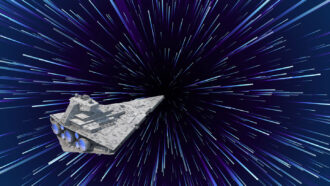
Space
The moon has new tales to share, some from its secretive far side
Ongoing observations and new lunar rock samples, including the first from its far side, should point to how both the moon and our Earth evolved.
By Liz Kruesi











